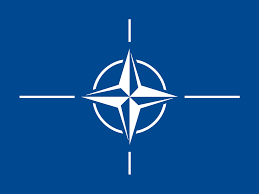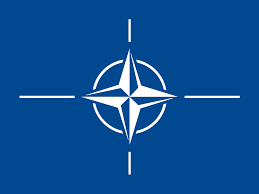The Unmanned Black Hawk: Sikorsky’s S-70 UHawk and the Future of Vertical Lift
The introduction of an unmanned variant of the iconic Black Hawk helicopter, designated the S-70 UHawk, represents a pivotal moment in military aviation. Developed by Sikorsky, a Lockheed Martin company, this initiative moves beyond conceptual studies and into the realm of operational reality, leveraging one of the most successful and ubiquitous utility helicopter platforms in modern history. The transformation of the Black Hawk from a crewed aircraft into an autonomous or optionally piloted vehicle (OPV) is not merely a technological upgrade; it signals a fundamental shift in doctrine, logistics, and risk calculation for armed forces globally. This development promises to redefine the nature of battlefield support missions, from logistical resupply to medical evacuation, by removing the single most valuable—and vulnerable—component from the cockpit: the human pilot.
The concept of an autonomous Black Hawk did not emerge in a vacuum. It is the culmination of decades of research and development in autonomous flight systems. The foundation for the S-70 UHawk lies in Sikorsky’s MATRIX Technology, an advanced hardware and software suite designed to enable autonomous flight in complex environments, including degraded visual conditions like dust, smoke, or darkness. This system has been extensively tested under programs such as the Defense Advanced Research Projects Agency’s (DARPA) Aircrew Labor In-Cockpit Automation System (ALIAS). Over several years, these programs have successfully demonstrated fully autonomous flights, including cargo delivery and obstacle avoidance, using a modified S-70 platform. The historical significance lies in retrofitting this advanced autonomy onto a proven, legacy airframe. By doing so, Sikorsky and the U.S. military can potentially field a next-generation capability without the cost and time associated with developing an entirely new aircraft, leveraging an existing global fleet and established supply chains.
The strategic implications of deploying an unmanned utility helicopter fleet are profound. Primarily, the UHawk addresses the persistent challenge of conducting missions that are categorized as ‘dull, dirty, and dangerous.’ Resupplying forward operating bases in contested airspace, evacuating casualties under fire, and conducting reconnaissance in high-threat zones are tasks that carry immense risk to aircrews. By automating these missions, commanders can accept higher levels of platform risk while preserving personnel. This creates a significant force multiplier effect. A fleet of UHawks could operate around the clock, unconstrained by crew rest cycles, surging logistical support during high-tempo operations. Furthermore, it alters the economic calculus of aerial operations. While the initial investment in autonomy is substantial, the long-term savings in training, personnel costs, and the preservation of highly skilled aviators could be immense. This shift allows military planners to reallocate human pilots to more complex missions requiring advanced cognitive decision-making, such as air assault or special operations, while autonomous systems handle predictable, high-risk logistical tasks.
The key actors in this development are clear. Sikorsky, as the original equipment manufacturer, is driving the technological innovation. The primary customer and doctrinal driver is the U.S. Army, which operates the world’s largest Black Hawk fleet and is aggressively pursuing modernization through its Future Vertical Lift (FVL) program. The UHawk concept aligns perfectly with FVL’s goals of increasing reach, lethality, and survivability. Beyond the U.S., the more than 30 international operators of the Black Hawk platform represent a massive potential market. These allies, often operating with smaller budgets, could see an autonomous upgrade kit as a cost-effective way to modernize their fleets and enhance their own operational capabilities. This creates a new avenue for defense cooperation and interoperability among allied nations, centered on a common autonomous platform.
Looking ahead, the path to full-scale deployment involves several potential scenarios and challenges. The most likely near-term future is the proliferation of Optionally Piloted Vehicles (OPVs), where a human crew can be present for complex missions but the aircraft can fly autonomously for routine or high-risk legs of a journey. This hybrid approach builds trust in the system and provides operational flexibility. However, significant hurdles remain. Integrating unmanned helicopters into already crowded military and civilian airspace requires new regulations and advanced deconfliction technologies. The cybersecurity of an unmanned platform is paramount; a compromised flight control system could be catastrophic. Finally, there is the crucial element of trust—ground forces must have absolute confidence in the reliability of an autonomous system delivering critical supplies or evacuating their wounded. The successful integration of the S-70 UHawk will therefore depend as much on the development of robust policies, training protocols, and operational doctrine as it does on the maturity of the technology itself. The pilotless Black Hawk is on the horizon, but its ultimate impact will be shaped by the frameworks built around it.


